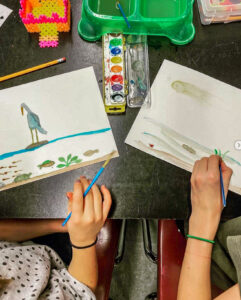
Students illustrated their watershed poems. Photo by Alana Hayes.
How do you get kids to care?
How do you get students to see themselves in the world?
In 2021, Partners in the Arts connected a community organization, a spoken word artist, and a science educator in a collaborative unit. Students harnessed the power of poetry with environmental awareness, both inside and outside the classroom.
The project was inspired by Insectageddon, a worldwide collective horticulture celebration hosted by the New York High Line and artist Cecilia Vicuña. The event engaged the community through art, education, and activism, honoring the insects and pollinators who maintain every ecosystem on the planet.
Richmond Public Schools educator Alana Hayes taught sixth grade science at Binford Middle School. Binford is an arts integrated school and Turnaround Arts partner school. Hayes had been trained in arts integrated instruction with Partners in the Arts, and developed a unit that explored arts, science, and literary academic standards in her classes.
Previously, Hayes had worked with the Alliance for the Chesapeake Bay RiverWise education program to bring stormwater best management practices to the school. This unit, students studied the Chesapeake Bay watershed and created poetry based on nature to communicate their findings.
Hear Me: Communicating through Spoken Word
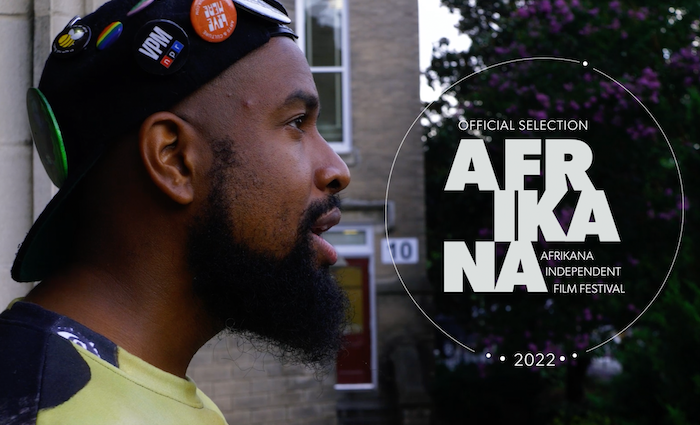
Burnems has performed “The Bumblebee” and his other poems over the years as an instructor at Partners in the Arts educator training courses
Roscoe Burnems is Richmond’s first poet laureate and creator of the Writer’s Den RVA art collective. He contributed his pollinator-themed spoken word piece, The Bumblebee, as a part of the project. Burnems was recorded in front of Binford Middle School in a short film that was screened at the 2022 Afrikana Film Festival in Richmond, VA.
Hayes’ sixth grade students viewed his poem and analyzed its message of parenthood and overcoming prejudice. The unit culminated with them writing poems that demonstrated their understanding of watershed ecology and human impacts. Burnems’ poem served as an exemplar of literary choices such as point of view, theme, descriptive language, metaphors, and persuasive writing. The sixth graders practiced revision and analysis by giving and receiving peer feedback.
Spoken-word is a medium that bridges so many fields in arts and education, from English SOL’s, to critical thinking, developing empathy, summarizing experiences, and healing from traumatic experiences; poetry is a craft that has the capability of addressing a myriad of subjects simultaneously. – Roscoe Burnems
Here I Am: Context and Community Engagement
Experiential education, also known as place-based learning, is an integral part of PK-12 education. By grounding content in students’ local community and everyday surroundings, it becomes personally relevant to them. This builds student understanding on three levels by showing them:
1) why they should care about what they learn within the classroom
2) how they can build on that learning through what is happening outside school walls
3) how they can apply school-based learning in their community
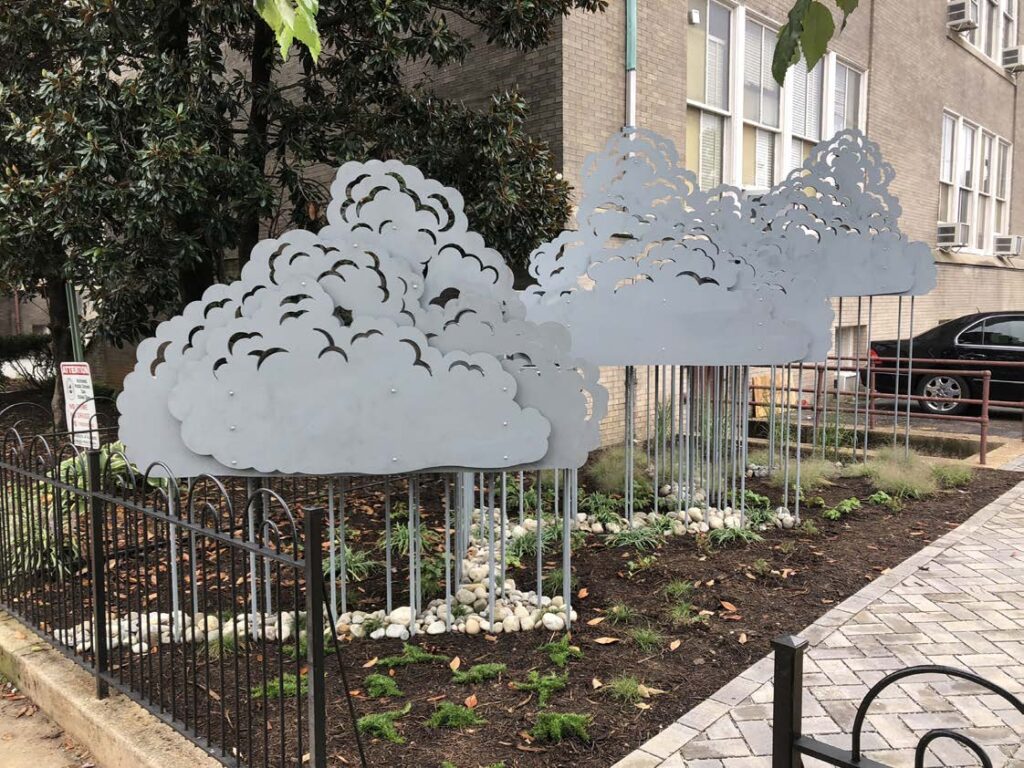
This Binford rainwater harvesting system doubles as a sculpture, inspired by student designs and created by local artist Matt Lively
BridgePark RVA is a community organization that is planning a riverfront green space that would span the James River and connect Richmond’s Downtown and South Side. The project responds to historically-racist infrastructure and seeks to reconnect the city and repurpose urban spaces. It also demonstrates how plants and structures can be used intentionally to help the environment, such as by reducing runoff, encouraging pedestrian and bicycle traffic, and attracting pollinators.
High Line Art curated and distributed a zine, “A Call to Swarm,” that included other nature-based poetry examples. Students reviewed the BridgePark plan in the context of their watershed studies. They also went outside to observe how the RiverWise initiatives around their school, such as a rain garden featuring native plants, affect the greater ecosystem.
Engaging Multiple Levels of Expertise
Art and education go hand in hand. All students should learn to express themselves through various media. Every academic subject benefits from creative thinking. And students who explore and create through hands-on experiences are interacting with content at a deeper, more meaningful, and more memorable level.
This was a powerful lesson for students in how art can be combined with science to support environmental activism beyond the classroom. It reflects the Partners in the Arts tiered framework for training and school-based projects that engages all levels of expertise.
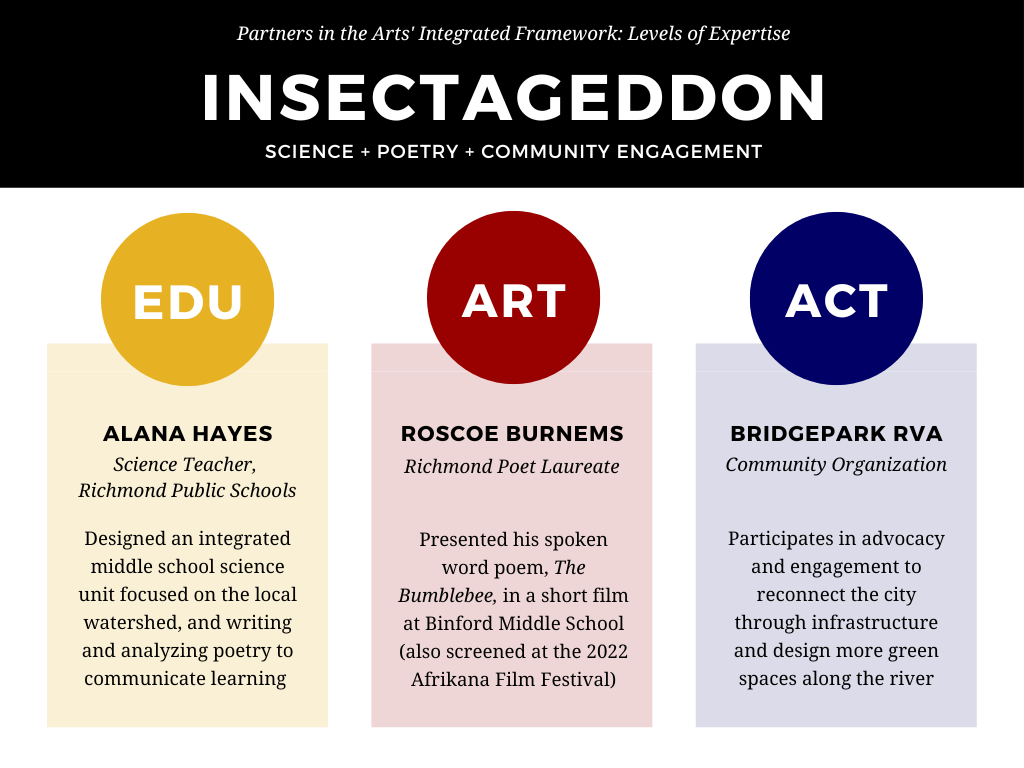
For millions of years, insects and pollinators have collaborated with bacteria, plants, fungi, and animals to create our world. And now, when we are all endangered by the global extinction of living things, it is high time to learn again from them and their masterful social organizations… – Cecilia Vicuña
Alison Travis is the Program Coordinator for Partners in the Arts at the University of Richmond. She has spent ten years working in and with public schools to support integrated, innovative teaching and improve outcomes for all students.




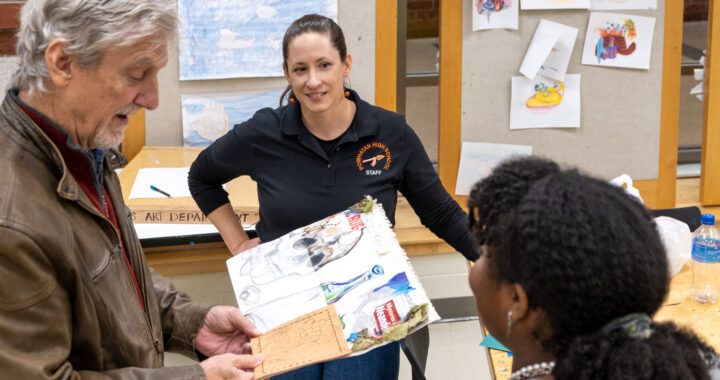
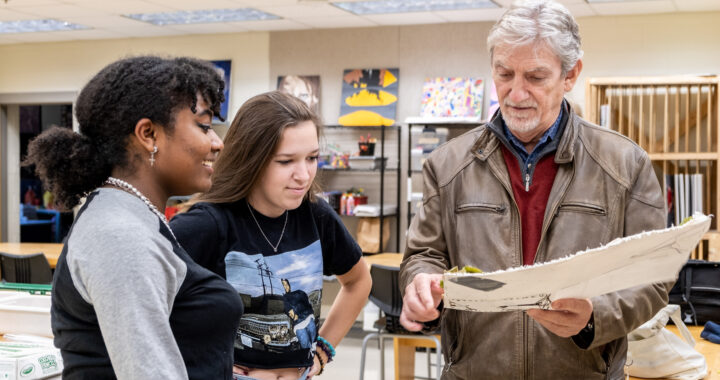
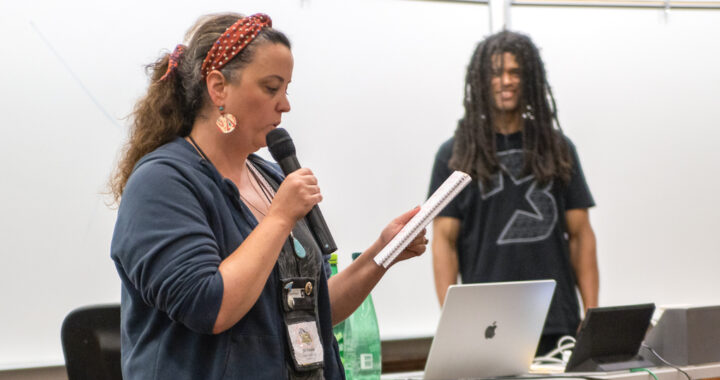
Pingback: Teaching through Spoken Word with Roscoe Burnems – PARTNERS IN THE ARTS